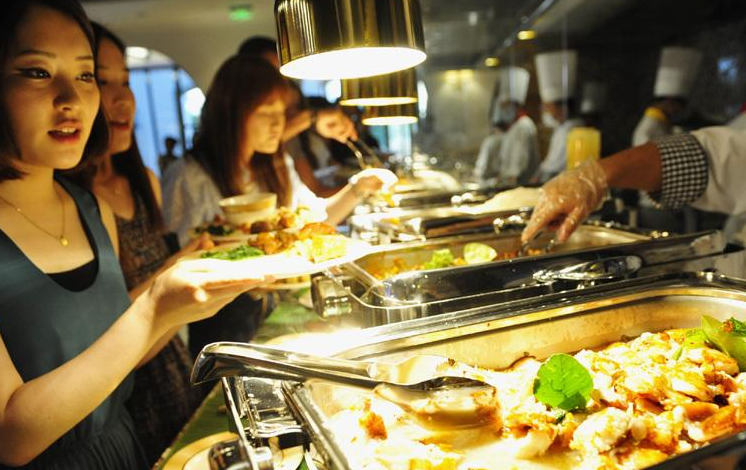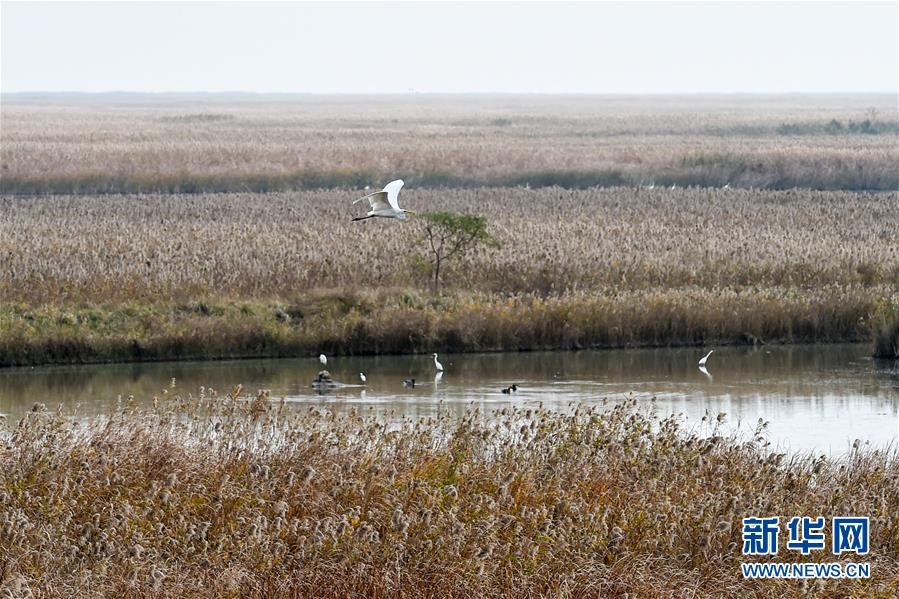(Xinhua)10:15, July 24, 2019
BEIJING, July 23 — China has made notable progress in promoting football in schools through enhanced training, more school games and upgraded facilities, an education official said Tuesday.
The country has named 24,126 primary and middle schools across the country as specialist football schools to spearhead youth football development, said Wang Dengfeng, a senior official with the Ministry of Education, at a press conference.
The schools are required to offer at least one football class each week and encourage their students to participate in football training and competitions, Wang said.
China aims to have 50,000 schools specializing in youth football by the end of 2025, said Wang, adding the ministry will take measures to realize the goal, including building more school football fields, training football coaches as well as providing extra funding and policy support.
In the past four years, local education departments have trained about 40,000 football teachers and 8,000 of them have obtained coaching certificates.
By Sept. last year, schools across the country had about 120,000 football fields of all sizes, including fields for five-a-side, seven-a-side and standard football games.
From 2015 to 2018, the country built and upgraded about 32,000 football fields in schools and planned to add 29,000 fields by 2020, according to Wang.
Besides more training programs in schools, outstanding players will also have the chance to join inter-school teams for regional competitions and even national summer camps.
This year over 8,000 students, 2,000 coaches and 200 experts from home and abroad will take part in the two-month national summer camp, which kicked off on July 14, Wang said.
The country has stepped up its efforts in promoting football in schools since it set up a seven-department joint task force, including the education, sport and finance authorities as well as the Chinese Football Association, in 2015.
![]()






